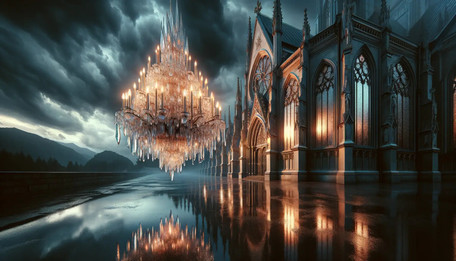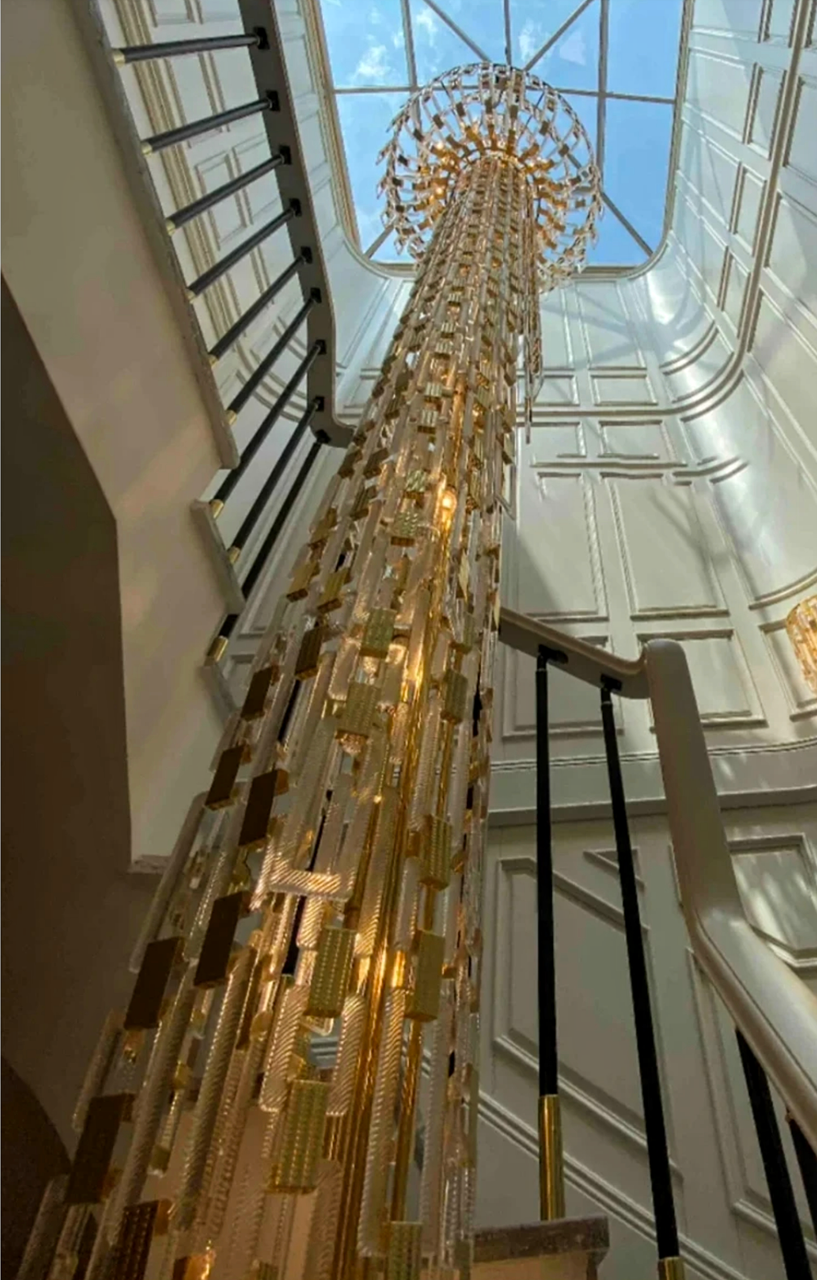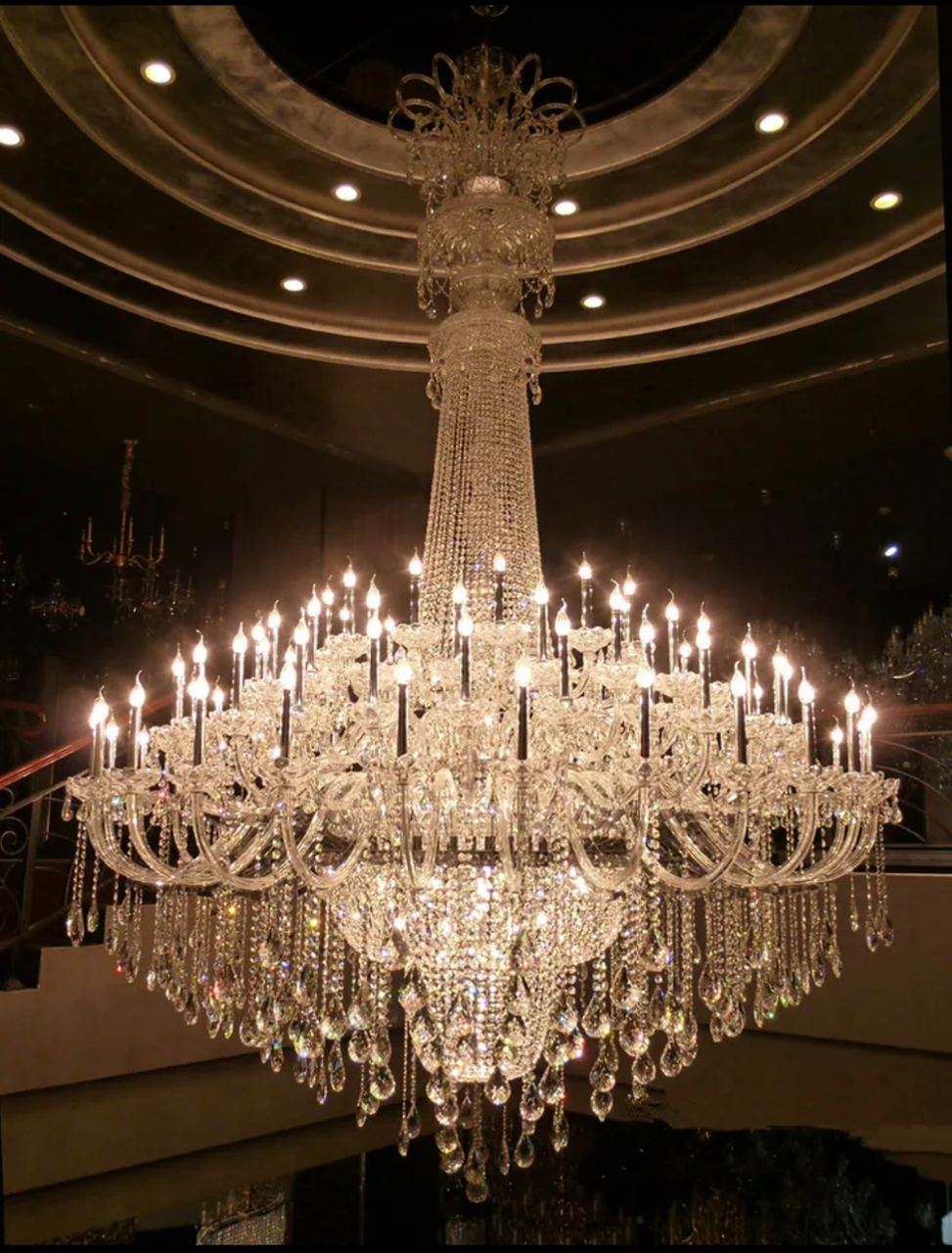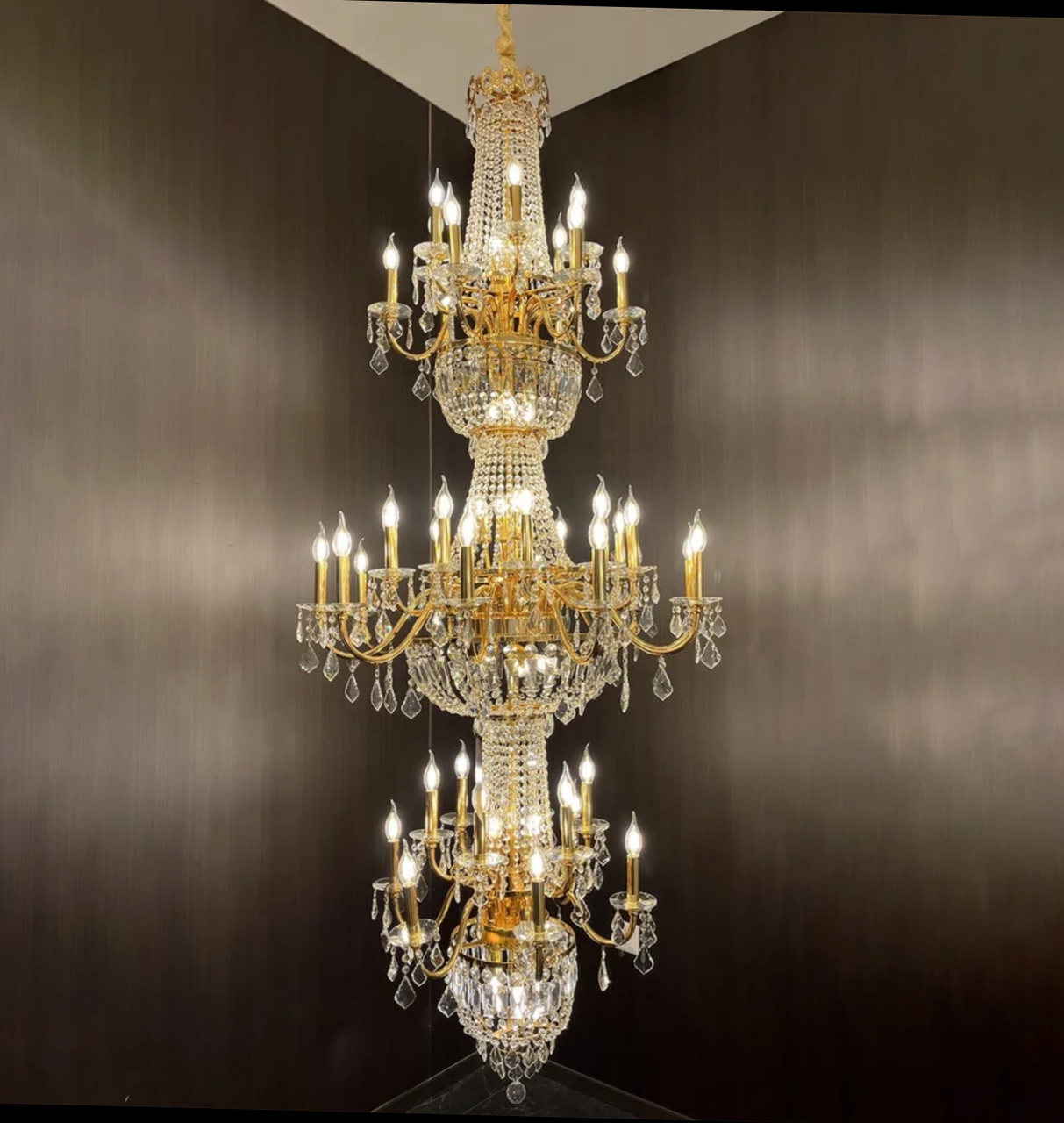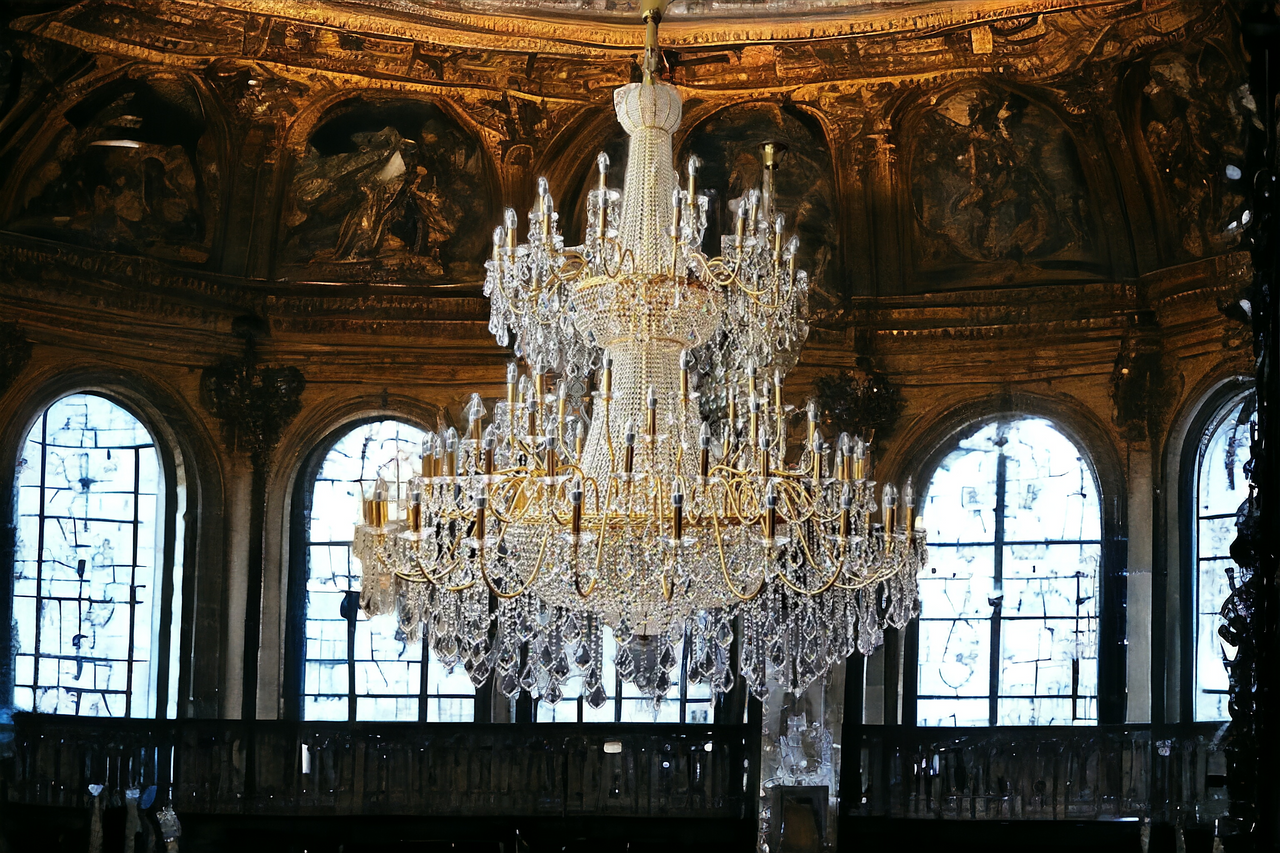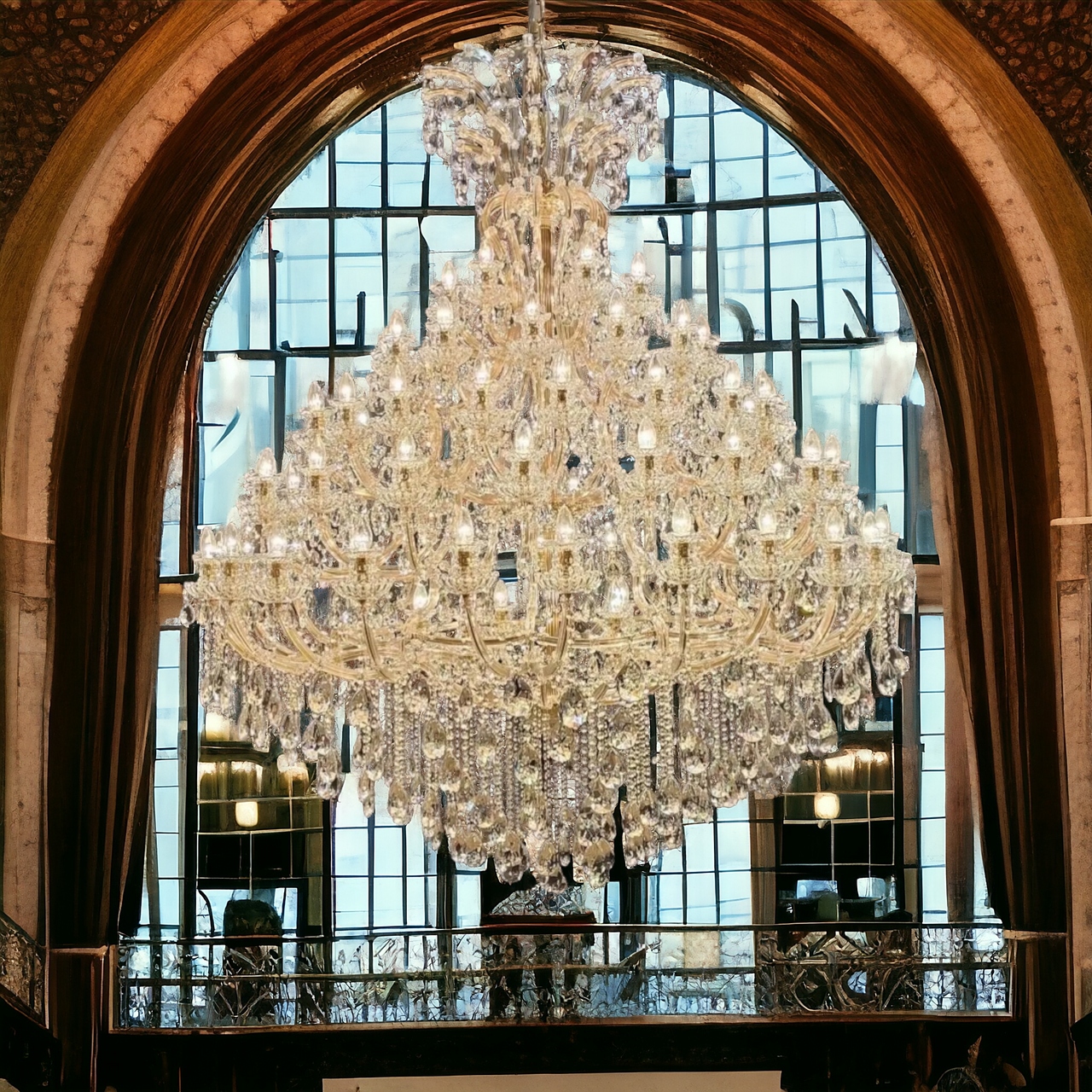Chandeliers for Churches - Church Chandeliers For Sale
Jul 27, 2024
Chandeliers for Churches
Chandeliers for churches are not just sources of illumination; they carry deep symbolic meaning and contribute significantly to the spiritual ambiance of sacred spaces. The use of chandeliers in churches dates back centuries and varies across different Christian traditions, reflecting theological, cultural, and historical influences.
Historical Significance
Historically, chandeliers for churches served both practical and symbolic purposes. Before the advent of electricity, they provided essential lighting for religious ceremonies and gatherings. Made from materials ranging from simple metals to precious gold and silver, these chandeliers often held candles or oil lamps. Over time, as craftsmanship evolved, church chandeliers became more elaborate, incorporating intricate designs, precious materials, and symbolic motifs.
Symbolism
The primary symbolic significance of chandeliers for churches is their representation of divine light. Just as physical light illuminates the church, spiritual light is seen as guiding the faithful towards divine truth and enlightenment. This symbolism is deeply rooted in Christian theology, where light is often associated with Christ, described in the New Testament as the "light of the world" (John 8:12).
In many Christian traditions, especially in Orthodox and Catholic churches, chandeliers also symbolize the heavens. The circular form of some chandeliers, especially those designed as corona or crown shapes, can represent the eternity of God and the universe. The light emitted from these chandeliers is seen as a reflection of the heavenly light and a reminder of the celestial realm.
Design and Artistry
The design of church chandeliers can vary widely, from simple and functional to highly ornate. In Orthodox Christian churches, a particular type of chandelier known as a "polyeleos" or "choros" is often used. These are usually large, circular fixtures that can hold many candles or lamps and are sometimes adorned with icons or religious motifs, enhancing their role as an object of veneration and devotion.
In Western Christian churches, including Catholic and Protestant denominations, chandeliers range from medieval wrought iron designs to baroque and rococo styles with extensive use of crystals and precious metals. These chandeliers not only serve to light the church interior but also to decorate and signify the sacredness of the space.
Modern Uses
Today, chandeliers for churches continue to serve both practical and symbolic functions. Modern lighting technologies, such as LED lights, are being integrated into traditional chandelier designs to ensure energy efficiency while preserving their aesthetic and symbolic significance. Contemporary church chandeliers can be custom-made to reflect the specific theological and cultural context of the congregation, often incorporating modern design elements with traditional symbolism.
Is there a difference between chandeliers for churches and cathedral chandeliers?
The difference between chandeliers in churches and cathedral chandeliers primarily lies in their scale, complexity, and historical context, rather than in their fundamental purpose or symbolism. Both types serve to illuminate the interior space and carry symbolic meanings related to divine light and spiritual enlightenment. However, the distinctions can often be seen in the following aspects:
Scale and Complexity
Cathedrals, being larger and architecturally more complex than most standard churches, typically house larger and more elaborate chandeliers. The size and grandeur of cathedral chandeliers are often proportionate to the interior spaces they are designed to illuminate. These spaces usually have higher ceilings and more extensive nave areas, necessitating chandeliers of significant size to adequately light the space and match the architectural scale.
Historical and Artistic Value
Cathedrals, often constructed over centuries and bearing immense historical and architectural significance, may host chandeliers that are themselves historic and artistically valuable. In many cases, cathedral chandeliers are masterpieces of the era’s craftsmanship, incorporating precious materials, intricate designs, and exceptional artistry that reflect the cathedral’s architectural and historical context.
Symbolism
While both church and cathedral chandeliers symbolize divine light and have spiritual significance, cathedral chandeliers might also embody more specific historical, cultural, or ecclesiastical themes, given the cathedral's prominence in the religious and social landscape. Cathedrals often serve as the mother church of a diocese and may have chandeliers that reflect this ecclesiastical importance through their design and placement.
Customization and Design
Chandeliers in cathedrals are often custom-designed to complement the architectural and aesthetic themes of the specific cathedral, reflecting its unique history and spiritual message. In contrast, while many churches also feature custom chandeliers, there may be more variability in the extent to which the chandeliers are tailored to the church's specific architectural and decorative themes, especially in smaller or less historically significant churches.
In essence, while the fundamental purpose and symbolic meaning of chandeliers in churches and cathedrals are closely aligned, differences arise from the scale, historical context, and architectural significance of the spaces they occupy. Cathedral chandeliers tend to be larger, more elaborate, and historically significant, often designed to match the grandeur and specific thematic elements of the cathedral's interior. In contrast, church chandeliers, while equally symbolic and important for the liturgical and aesthetic ambiance, may vary more widely in size, complexity, and customization.
What types of chandeliers for churches are most popular?
The types of chandeliers found in churches vary widely, reflecting the architectural style, denomination, and cultural background of the congregation. Despite this diversity, certain styles have become more popular and widely recognized in church settings. These include:
Traditional Candle Chandeliers
These are perhaps the most historically authentic type of chandeliers used in churches, originally designed to hold real candles. Many churches still prefer traditional candle chandeliers for their historical aesthetics and the warm, natural light they provide, which adds to the solemnity and sacredness of the space. In modern adaptations, these chandeliers may use electric bulbs shaped like candles to combine traditional appearance with modern convenience and safety.
Gothic Style Chandeliers
Gothic-style chandeliers are popular in churches that follow or are inspired by Gothic architectural principles. Characterized by pointed arches, intricate detailing, and often made from wrought iron or bronze, these chandeliers complement the vertical lines and ornamental richness of Gothic architecture. They often feature medieval motifs, such as fleurs-de-lis, and can add a dramatic and historical ambiance to church interiors.
Byzantine and Orthodox Chandeliers
In Byzantine and Eastern Orthodox churches, chandeliers are often large, circular, and elaborately decorated. These may include the "polyeleos" chandeliers, which are designed to hold many candles or lamps and may be adorned with icons or religious motifs. The design is meant to be visually stunning, reflecting the glory and majesty of the divine. These chandeliers serve both liturgical and symbolic purposes, illuminating the interior while representing the light of Christ.
Crystal Chandeliers
Crystal chandeliers, though more commonly associated with opulence and grandeur in secular contexts, are also popular in certain churches. They are prized for their ability to refract light, creating a luminous, almost ethereal effect that can enhance the spiritual atmosphere of the space. In churches, crystal chandeliers might be simpler and less ostentatious than their secular counterparts but still add a touch of elegance and lightness to the interior.
Modern and Contemporary Chandeliers
In newer churches or those that have undergone contemporary renovations, modern chandeliers that emphasize clean lines, minimalism, and innovative materials are becoming increasingly popular. These chandeliers might use metals, glass, or even recycled materials in unique configurations to create light fixtures that are both functional and artistic. Modern LED lighting is often incorporated to improve energy efficiency and lighting control.
Pendant Chandeliers
Pendant chandeliers, featuring a single light or a cluster of lights hanging at different lengths, are versatile and can fit various church interiors from traditional to contemporary. They can be strategically placed to highlight certain areas, such as the altar, choir, or baptismal font, and can range from simple and understated to elaborate and decorative.
The popularity of certain types of chandeliers in churches often depends on the architectural style of the church, the denomination's traditions, and the local culture and history. From traditional candle and Gothic-style chandeliers to modern and contemporary designs, the choice reflects not only aesthetic considerations but also the symbolic importance of light in religious settings. Regardless of style, chandeliers in churches serve to illuminate, decorate, and elevate the spiritual atmosphere of the sacred space.
Conclusion
Chandeliers for churches are much more than mere decorative elements. They are steeped in history, rich in symbolism, and integral to the spiritual experience of worship. Through their light, both literal and metaphorical, church chandeliers continue to guide the faithful, remind them of the divine presence, and beautify sacred spaces in a manner that uplifts the human spirit.

